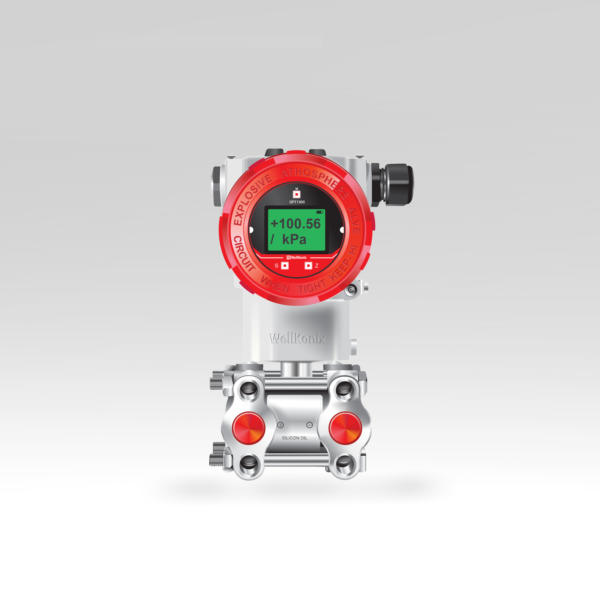Electromagnetic Flowmeter WXEFR
Electromagnetic flow meter does not contain any moving parts, rotating gears or turbines, or bearings. Instead, it relies on two electrodes to measure the density of the induced magnetic field that results from an electrically conductive fluid, such as water, flowing through a pipe. So there is nonsusceptibility to bearing wear or other mechanical wear-and-tear issues. As for the electrodes and the liner used in electromagnetic flow meter, these components can be fabricated from a variety of materials to make the mag meter compatible with virtually various electrically conductive fluid, including aggressive acids. The only limitation of the electromagnetic flow meter is that the measured fluid media must be electrically conductive e (> 5μS/cm). Non-conductive fluids, such as oil and other petroleum-based fluids, cannot be measured with mag meter technology. revolutionary data storage enables transmitter interchange and commissioning without the need for re-configuration. self-calibrating transmitter with ultra-low temperature. Through-the-Glass’ (TTG) configuration eliminating the need to remove the cover.
Water and Wastewater Treatment: Measure flow rates in water distribution and sewage systems. Chemical Industry: Monitor the flow of corrosive and conductive liquids. Food & Beverage: Measure flow in pipelines for beverages, dairy products, and other conductive fluids. Pharmaceuticals: Ensure accurate flow measurement in the production of liquid medicines. Mining: Monitor slurry flows in ore processing operations.
















